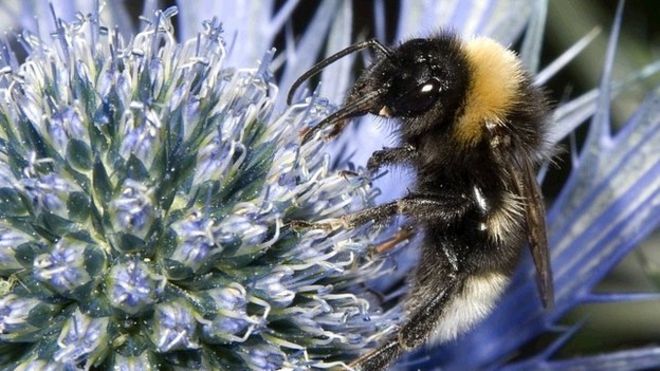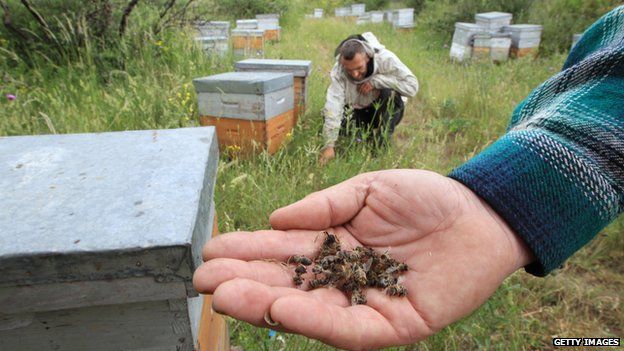A recent warning is important for all users of compost - avoid immature compost as an organic amendment - it can do more harm than good according to Pam Pittaway at USQ.
Soil health specialist Dr Pam Pittaway has warned
farmers of the danger of using immature compost on crops of all kinds.
Soil health specialist Dr Pam Pittaway has warned
farmers of the danger of using immature compost on crops of all kinds, and
advised that either curing organic compost yourself, or testing it and the soil
for nutrients, is the best way to ensure organic amendments benefit crops.
Speaking at a recent symposium about soil health at
the University of Southern Queensland (USQ) in Toowoomba, Dr Pittaway said
knowing the microbial stability of your amendment and its salt content were the
best ways to ensure your crop got the optimum nutrients.
“If you know the salt content of your amendment,
and the plant-available and total nutrient content of your amendment, you might
be able to reduce the amount of NPK fertiliser you put on your crop,” Dr
Pittaway said.
This could result in farmers greatly reducing their
inorganic fertiliser bills, but Dr Pittaway said the age and content of the
organic amendment, or fertiliser, needed to be taken into consideration, and
the purchase of product of indeterminate age or properties was a risky
business.
“As soon as you put on something with readily
available carbon as well as nitrogen and phosphorus, you stimulate a microbial
feeding frenzy which can starve your crop. If soil microbes have access to fast
food, they take up luxury amounts of available N and P, out-competing plant
roots,” she said.
“Adding manure or compost high in potassium can
also burn plant roots, as potassium is a soluble salt,” she said.
“And when growers continue to add fertiliser
nitrogen on top of past organic amendments, they can get an uncontrolled growth
flush which commits your plants to an extra load; if they can’t support that
during the growth period, they can end up shedding tillers, or can lodge.”
Dr Pittaway said root disease was also a possible
symptom of over-feeding crops with organic amendments.
“The best way to get root disease in a crop is
nutrient imbalance.”
“My advice is if you can’t afford good cured
compost, invest in more soil testing, and put immature products on your least
valuable crop.”- Dr Pam Pittaway
Australian horticulture and agriculture use a vast
range of organic amendments, including pig and poultry manure produced, cured
and used on-farm, and commercially produced preparations, most of which
incorporate straw or green waste as a source of carbon.
Dr Pittaway said the best result from using cured
compost achieved organic slow release which synchronised nutrient release with
plant demand, and minimised grower expenditure on nitrogen, phosphorus and
potassium (NPK) inputs.
“My advice is if you can’t afford good cured
compost, invest in more soil testing, and put immature products on your least
valuable crop.”
Dr Pittaway said producers needed to be aware of
the business model of some waste management businesses, which sought a fast turnaround
on organic amendments.
“Some businesses need to push product out the gate
to make space for more waste, and while Australian Standards say certain
aspects of organic amendments must be tested, those results won’t necessarily
tell you what’s best for your crop or soils.
“Instead of a six-week turnaround, which is what
some waste-management businesses operate on, you want to use organic amendments
that have been cured for 16-20 weeks, because immature compost could do more
harm than good.”
She said farmers should also be aware of the
environmental risks of over-application of organic amendments, which can put
phosphorus surplus to the crop’s requirement into waterways.
Dr Pittaway has conducted studies on a number of
organic amendments including cotton trash, feedlot manure, sugarcane waste, and
sawdust in broadacre and horticultural applications.
“Fully cured compost costs more but immediately
conditions your soil. Humus-like organic acids in cured compost are very good
at holding moisture and buffering against acidification, and can make more
phosphorus available. Adding humus-like, cured compost builds the stable,
long-term organic fraction back into your soil.
“If it is fully cured, you can build a slow-release
nitrogen bank [ in the soil] which will release nutrients in synch with the crop’s
development.”
- Source:
University of Southern Queensland.
This advice applies to soil applied compost but may not be so important for use of above ground mulch, which also acts as a erosion protection and soil stability mechanism, while breaking down. This is a factor with using green manure crops or crop residues on the surface. If in doubt over using crop residuals or compost, seek advice from a competent agronomist.








